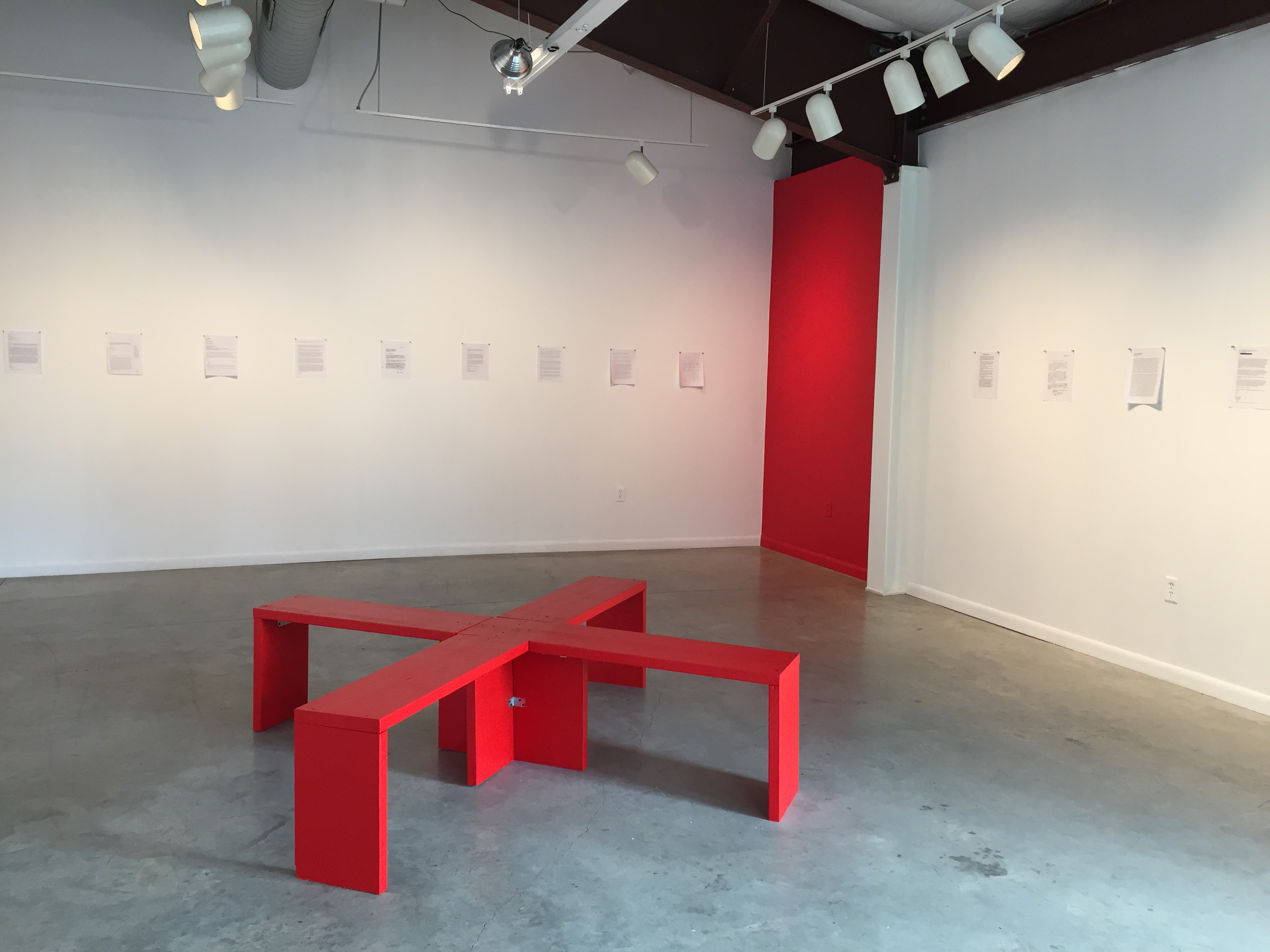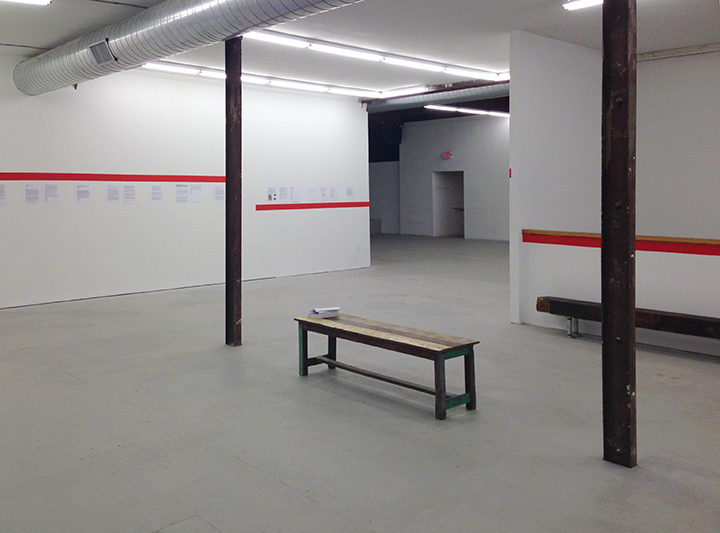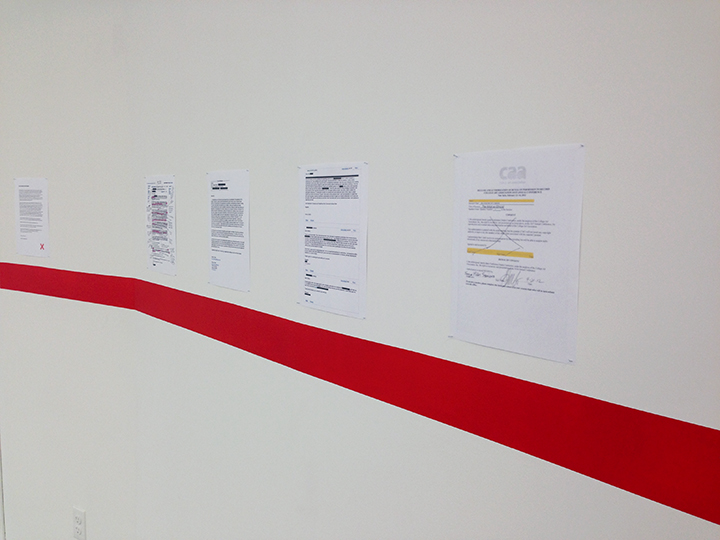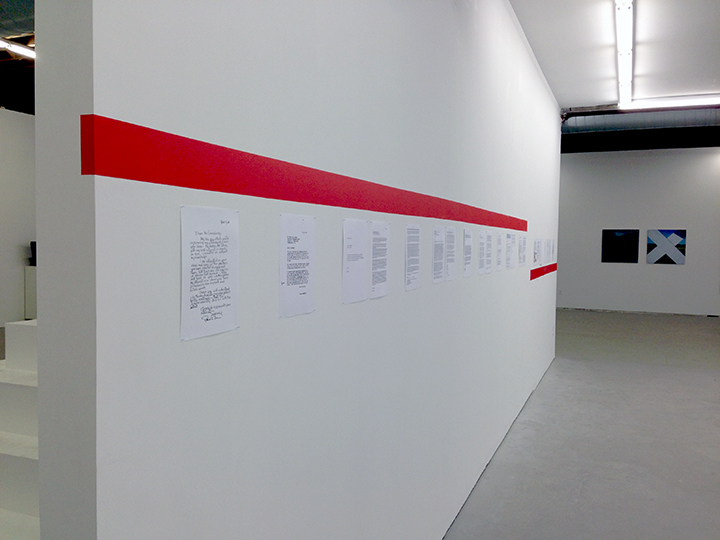I’m pleased to announce that in January 2016 I will join artist and lawyer Sergio Muñoz Sarmiento as Associate Director of the Art & Law Program in New York City. In 2012 I participated in the Program as a curatorial fellow, and have returned many times since as a guest seminar leader. I’m extremely pleased to contribute to the continued growth of the Program and look forward for the exciting developments that the 2016 season will bring.
The Program is now taking applications for the spring 2016 session
About
The Art & Law Program (“The Program”) is a 13-week seminar series with a theoretical and philosophical focus on the effects of law and jurisprudence on cultural production and reception. An examination of how artistic practices challenge, rupture, and change the apparatus of law completes The Program. The Program consists of a nonpartisan community that aims to attract qualified individuals in the areas of visual art, architecture, writing, curating, and film. This list is non-exclusive. Artists with non-traditional practices are especially encouraged to apply, as are cultural producers interested in the cultural effects of law. The Art & Law Program takes place in New York City from mid-January to early May. In 2016 the Program will hold its seminars at the Triple Canopy space in Brooklyn. Until further notice, please reserve Monday and Wednesday nights, 6-9pm, for these seminars.
Fellows of The Program will meet once a week to discuss readings and visual materials with the Director of the Program, Sergio Muñoz Sarmiento, curator/art historian and Associate Director of the Program, Lauren van Haaften-Schick; and/or with a guest seminar leader. Seminar leaders assign required readings and present ideas and materials relevant to their areas of practice. There is a particular emphasis on the understanding of legal cases and texts through a close analysis of reading and writing.
Through an analysis of legal structures and modes of thought, the Program aims to critique current artistic, curatorial, theoretical and art historical practices and methodologies. Conversely, the use of law and jurisprudence as theory, practice and medium is explored.
Please note that The Program does not focus on traditional and conventional critical theories (e.g.- Marxism, post-structuralism, post-colonialism, feminism, globalization, etc.), but rather investigates how the philosophy and practice of law disturbs the critical theory establishment and creates a new space and discourse for aesthetic, cultural and intellectual practices.
The Art & Law Program will conclude with an end-of-program retreat at Denniston Hill artist residency.
Who Should Apply?
The Program seeks qualified, open-minded and self-motivated individuals with a genuine and rigorous attraction to critical thought and debate. In particular, The Program welcomes candidates who are open to controversial dialogue and who seek to challenge their respective practices.
With this in mind, there is no exhibition or paper presentations which conclude the program. Rather, participants are highly encouraged to produce – on their own – a static or non-static material with what is learned, or unlearned, during and after The Program. Please note that the Program is not for everyone. Applicants are encouraged to study and fully understand the mission of the Program and speak with alumni regarding the Program’s structure and expectations of its participants.
Origins
The Art & Law Residency, the first residency of its kind, was founded by Sergio Muñoz Sarmientio in 2010. The Program has emerged as a reflection of his experience at Cornell Law School, CalArts, and the Whitney Independent Study Program, and merges or responds to the discourses of each of these spaces. We now look forward to welcoming the seventh class to The Program in 2016.
Donate
The Art & Law Program is fiscally sponsored by Fractured Atlas, a 501(c)(3) public charity. Contributions for the purposes of Art & Law Program are tax-deductible to the extent permitted by law. If you would like to donate to the Art & Law Program, you may do so online here.































